The refrigerant 134a is used in the majority of automobiles on the road. But, if you recover this refrigerant, can you reuse it? We have researched this topic to answer this question and more.
Yes, it can be reused; however, the recovered R134a refrigerant must first be recycled before being reused or installed in a vehicle.
You'll need a recovery machine that can recycle the refrigerant. Otherwise, a new refrigerant is required.
Reusing recovered refrigerant is a common practice, but it's important to follow the right methods and regulations. Continue reading to find out more about refrigerant recovery, recycling, and regeneration.

Can Recovered R-134a Refrigerant Be Reused?
Reusing the R134a refrigerant is feasible, but you should proceed with caution as the coolant may have been contaminated by air, another coolant, or nitrogen.
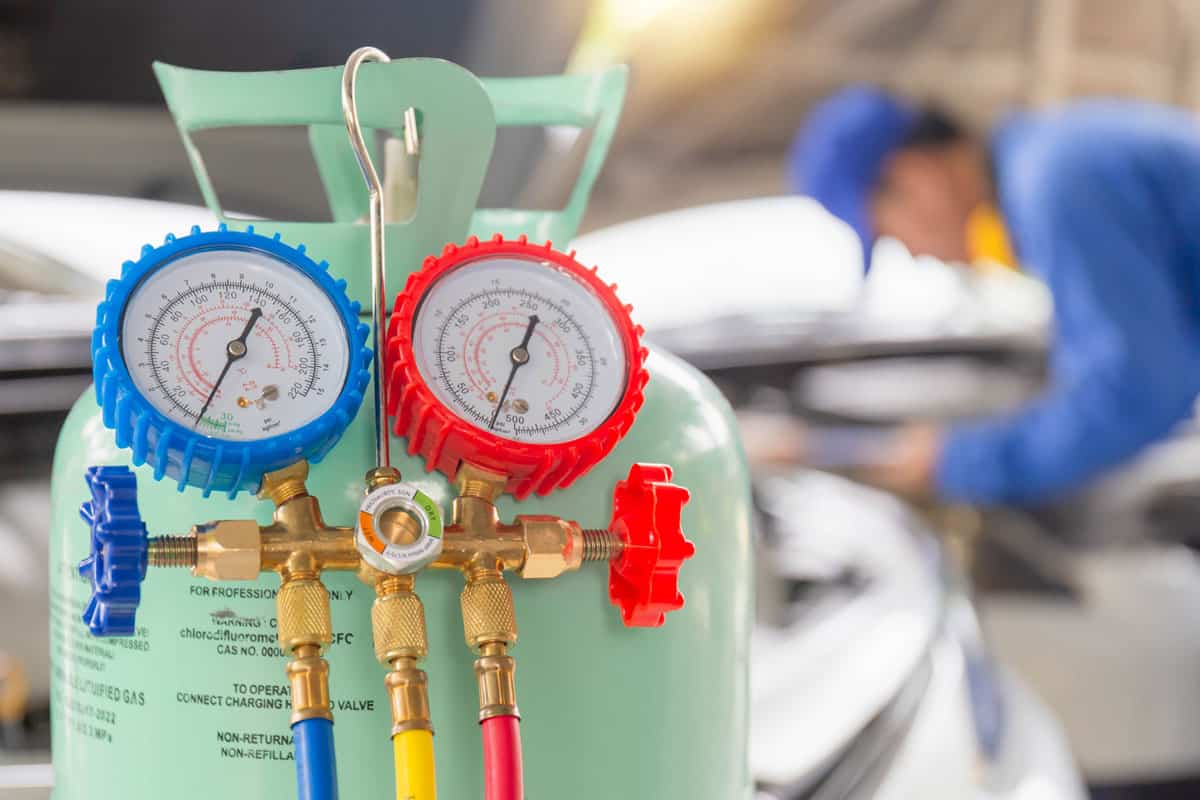
It could contain acids, liquids, or byproducts of engine combustion like water or particulates. Reusing recovered refrigerant in the same system or another system is not recommended if it has not been confirmed to be clean.
The recovered refrigerant would need to be recycled, reclaimed, or regenerated in order to be used as a refrigerant in another system or to be sold on the market.
Click to see this R134a Refrigerant on Amazon.
What Is The Difference Between Refrigerant Recovery, Recycling, And Regeneration?
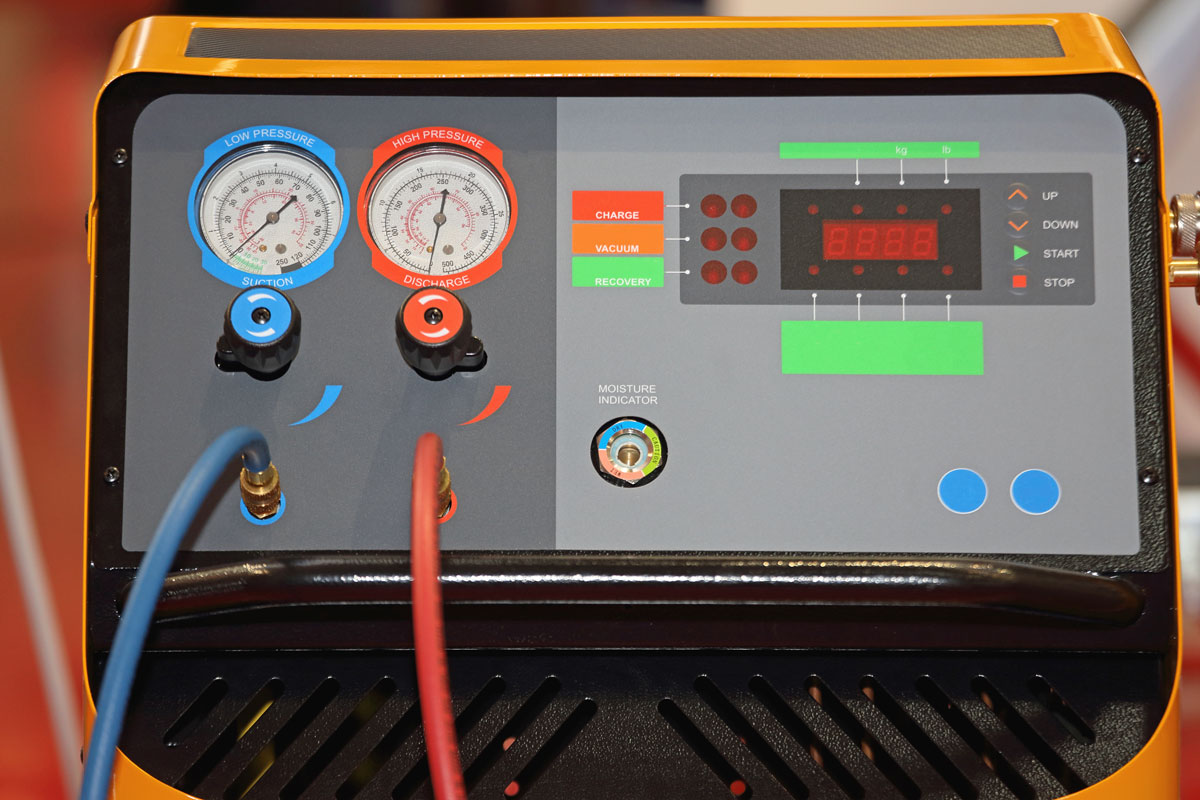
The distinctions between refrigerant recovery, recycling, and regeneration are detailed below.
Refrigerant Recovery
Refrigerant recovery refers to removing refrigerant from a new or used refrigeration or air conditioning system and storing the refrigerant in a refrigerant recovery tank without analysis or processing.
This refrigerant recovery mechanism is the most critical thing that must be taken to comply with regulations requiring the replacement of CFCs, HFCs, and HCFCs with new refrigerants and to ensure that our atmosphere is uncontaminated or damaged.
Recuperators can extract refrigerant in vapor or liquid form, and many of them can remove a significant amount of the oil that is mixed with the refrigerant. Since it has been through a compressor, recovered refrigerant is usually contaminated with oil or other impurities.
It is critical to remember not to release refrigerant fluids directly into the air while repairing or maintaining any equipment. Following its recovery, it must be determined whether it will be reused, treated, or stored in its container.
Click to see this Recovery Machine on Amazon.
Three Methods Of Refrigerant Recovery
These are the common methods of recovering refrigerant;
Vapor Recovery
The vapor method recovers refrigerant as a vapor from the low side of the system (suction port), and the recovery unit converts the refrigerant to a liquid before discharging it into the recovery tank.
Liquid Recovery
The liquid method recovers refrigerant in its liquid state and is a significantly faster method of refrigerant recovery.
You can progressively regulate the refrigerant into your recovery unit by connecting gauges or digital manifolds to both the high and low sides. The majority of modern recovery machines are capable of recovering fluids.
Pull And Pull Recovery
The push-pull method is a rapid way of recovering refrigerant. However, it has some limitations and will not work on all systems.
The recovery or reclaim unit generates high-pressure vapor from the recovery cylinder, which forces the liquid refrigerant out of the system and back into the recovery tank.
If your system contains less than 10 lb of refrigerant, has a reversing valve, has a heat pump, or has an accumulator between the recovery ports, do not use this method. A constant supply of liquid refrigerant is required.
Refrigerant Recycling
Recycling is referred to as the process of cleaning refrigerant before reusing it.
The recovered refrigerant may be contaminated with air, have acids mixed with it, or be mixed with other coolants, nitrogen, water, or particles generated when an engine burns.
Because of this, it must be passed once or several times through dehydrating filters such as those found in cartridges or special desiccant blocks, which are characterized by reducing moisture, acidity, and impurities.
Refrigerant Regeneration
Regeneration is a series of processes performed on the refrigerant to achieve properties similar to those of a never-used refrigerant.
Since regeneration entails drying, filtering, chemical treatment, and distillation, recovered refrigerants must be stored in standardized tanks and transported to regeneration centers. They will be responsible for performing prior chemical analyses to determine whether they can regenerate or not.
The difference between refrigerant recycling and regeneration processes is in the quality control that they undergo.
Recycling entails removing oil and other contaminants but is not tied to any procedure that has a valid treatment certificate.
However, regeneration entails professional cleaning of oil, moisture levels, and other impurities.
Assuring that the regenerated refrigerants are exactly equivalent to the originals, regeneration centers deliver the regenerated refrigerants in their respective containers duly labeled and with their respective certificates.
How Do Refrigerants Get Recycled?
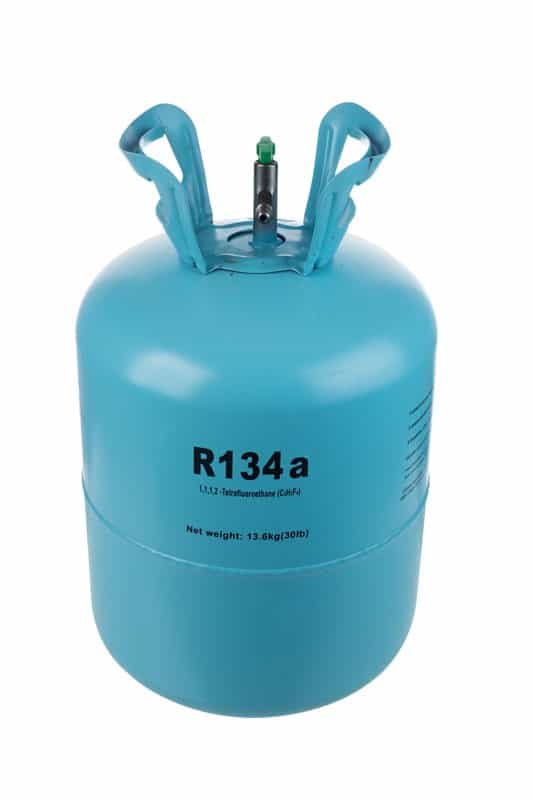
First, the refrigerant is passed to a compressor, which suctions the refrigerant from its original container.
It is then routed through different types of apparatus that dry and filter it. The driers remove any moisture that could damage your HVAC equipment's cooling system.
The filters remove any microscopic particles that could cause clogs and additional damage to your HVAC equipment. The fully recycled refrigerant is stored in a new tank after passing through the dryers and filters.
Recycled refrigerant can then be used or saved for later use.
Who Can Recycle Refrigerants?
The entire recycling of refrigerant procedure is very technical and fraught with danger. When refrigerants are handled improperly, they can have major negative effects, including sickness and environmental damage.
Refrigerant recycling equipment must only be handled by technicians who have the appropriate credentials.
The Air-Conditioning, Heating, and Refrigeration Institute must authorize and certify any equipment used to recycle refrigerants (AHRI). Penalties or further equipment damage may result from failure to comply.
What Are The Advantages Of Recycling Refrigerant?
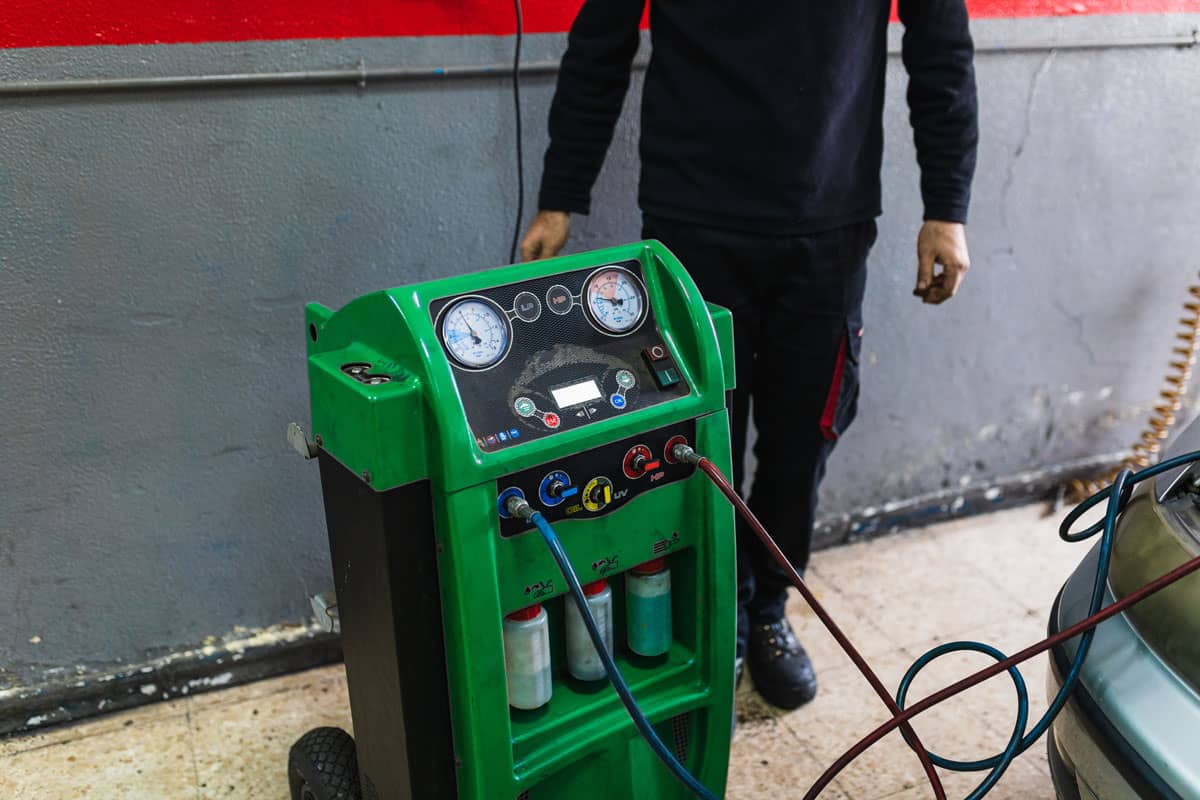
One of the most practical benefits that people will be able to enjoy is the ability to save money on what would otherwise be an expensive replacement procedure.
If a system's refrigerant is not replaced, it can cause damage to the system, resulting in higher long-term costs as well as the possibility of the system failing. People will be able to avoid such costly repairs if they invest in the recycling process.
Since recycling refrigerant entails reusing the same batch from the same device through the use of the filtration process, many of the impurities that would have accumulated in the device over time have been removed.
If left alone for an extended period of time, these particulates can clog the machine and cause it to fail.
Individuals can expect much more efficient units that not only run smoother but also last longer when the cost of refrigerant recycling is considered.
The process can significantly extend the life of your unit without requiring you to service individual components.
What Are The Disadvantages Of Recycling Refrigerant?
While the refrigerant recycling process has such benefits, it also has some drawbacks.
Recycling your refrigerant can help you remove a lot of impurities from the mixture, but it won't get rid of them all.
Refrigerant reclaiming is more thorough and intensive filtration process that removes a much greater number of impurities from the refrigerant, allowing it to be used by a greater number of machines.
A qualified reclaiming specialist can clean the mixture and ensure that it meets industry standards. This means it can be reused with your unit and produce far greater results.
Another downside to this approach is that the refrigerant can only be used by the owner and the company after it has been recycled.
Some owners who want to switch equipment may find this limiting, but those who don't mind the limitations will benefit greatly. The owner's decision will be based on the condition of the refrigerant, the owner's equipment, and the availability of a contractor in the area.
If you want to get a little more use out of your appliance while also saving money, refrigerant recycling can be a very wise decision.
How Do You Properly Dispose Of Refrigerants?
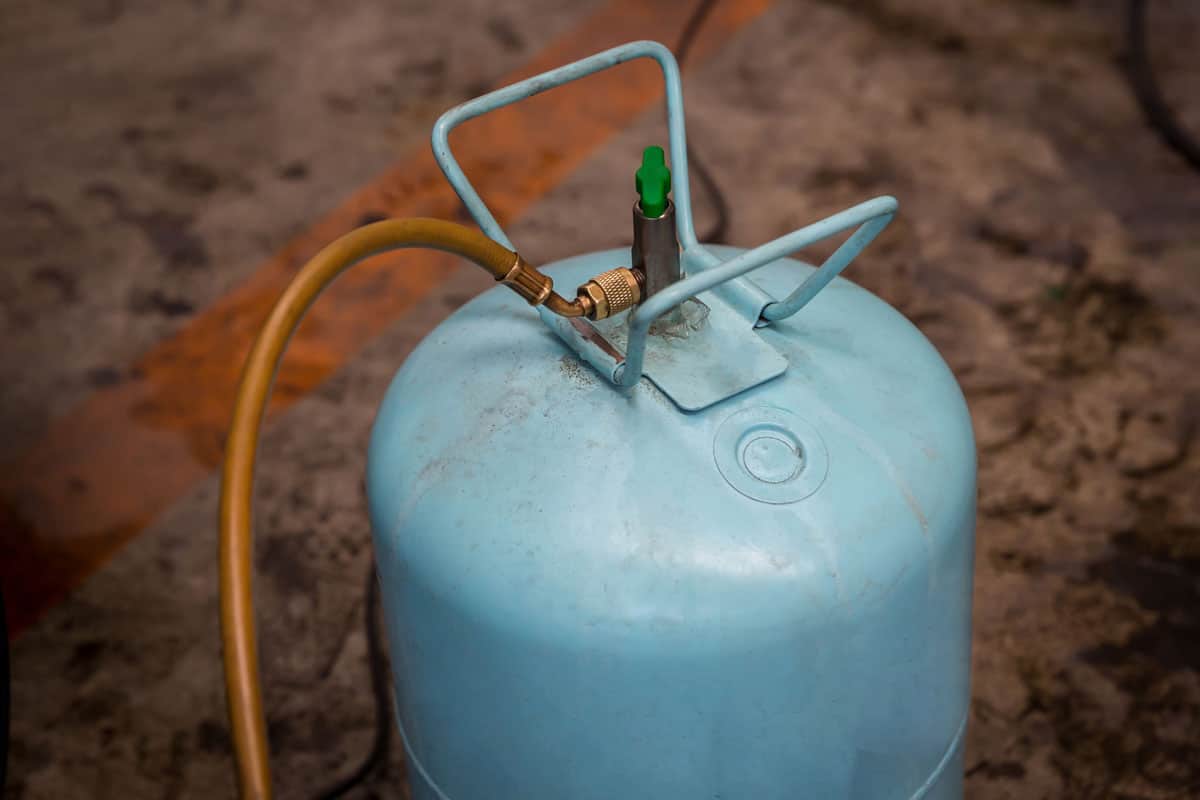
The government has specific requirements about what you can and cannot do with used refrigerants. The guidelines are in place to avoid the negative effects that refrigerants can have on the environment.
The refrigerant can be recycled and reused if it is not contaminated. You can exchange the non-contaminated refrigerant with the wholesaler. If the refrigerant is contaminated, it must be returned to a reclamation facility.
In accordance with EPA guidelines, the refrigerant will be separated into individual component refrigerants or incinerated at the reclamation facility.
It’s important to make sure that during service, contractors, and technicians capture all of the refrigerant so it is not released into the atmosphere.
The environmental impact of refrigerants can be either direct or indirect. The leakage of refrigerant gases into the atmosphere has a direct impact on ozone depletion and contributes to global warming.
Refrigeration and air conditioning systems consume energy, which increases carbon dioxide emissions and contributes to global warming.
Conclusion
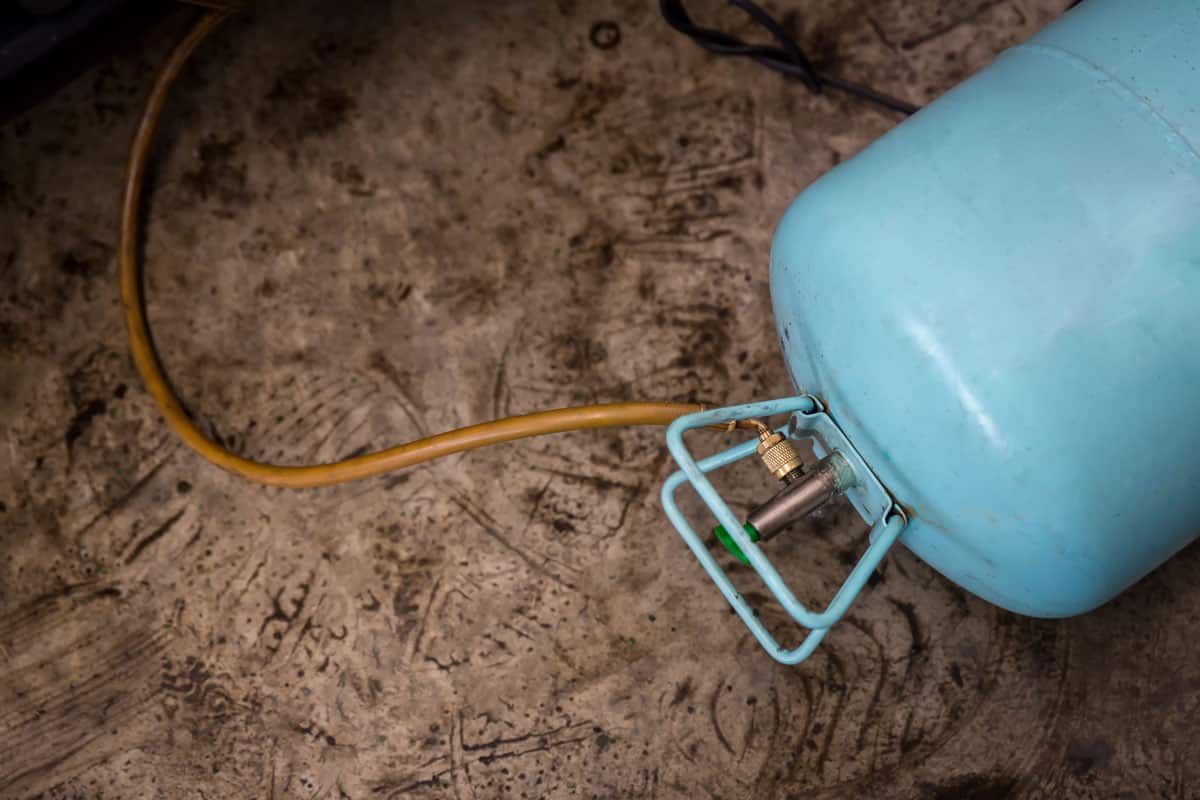
Now that you know it is possible to reuse your recovered refrigerant, you should always exercise caution when doing so.
Because it may be contaminated with particles or other coolants, recycle your recovered refrigerant before reusing it. And if you go through this process, it can save you a lot of money.
You've made it to the end! Here are a couple of other articles you might find helpful:


